-
Posts
326 -
Joined
-
Last visited
Posts posted by Daniel J. Fox
-
-
Correction to listing - NO VAT on this sale.
-
-
Sony CineAlta Mk2 6 lens Arri PL mount set.
Set includes the following focal lengths.
20mm T2
25mm T2
35mm T2
50mm T2.2
85mm T2.2
135mm T2.2
Optics and housings all in excellent used condition, no scuffs or marks.
Price: £5250
The lens can be viewed in Bristol and ship worldwide from the UK at cost.
Please note for a UK sale these lenses are subject to VAT at 20%. -
The first American movie shot on video tape and transferred to film for theatrical and TV release was the weird, but rather unsettling 1971 movie "The Resurrection of Zachary Wheeler" starring Leslie Nielsen.
https://www.imdb.com/title/tt0067669/ -
1 hour ago, Joerg Polzfusz said:
That’s the first movie with a lot of CGI sequences:
https://en.m.wikipedia.org/wiki/The_Last_Starfighter
Probably the first major movie that was entirely shot on video:
https://en.m.wikipedia.org/wiki/Star_Wars:_Episode_I_–_The_Phantom_Menace
(And there only crappy versions of this.)The Phantom Menace used the Sony HDC-750 for one sequence, I believe the midichlorian scanning scene. The majority of the film was shot on 35mm using Arriflex 435 ES and 535 B cameras.
-
 1
1
-
-
-
26 minutes ago, kris limbach said:
@Steve Switaj Thank you !
I was also thinking about a photo macro lens. The Nikkor is a great advice to try out, lets see. Do you think these will give better results than a extension tube on a cine prime lens, or something similar?
I shot a lot on pentax super takumar photo lenes for a vintage but sharp look, but I never owned their 50mm Macro lens...
It depends if the type of shot you need is a macro or just a tight close-up.
As was said above, the Italian close-ups were basically just shot at the end of a telephoto zoom - if that is the type of shot you need then a 200mm to 250mm might be the simple answer. In that case you are getting a tight framing through restricted angle of view, not proximity to the subject.
If you "need" a macro, and you can mount a Nikon or similar to your camera, there should be no issue. Nearly every vintage cinema macro from the 60s to the early 90s used rehoused photography optics, Nikon, Leica, Zeiss or Canon. -
5 minutes ago, Daniel Klockenkemper said:
Do you have a point you are trying to make? I address depth of field at several points in my post - at macro distances, depth of field is extremely shallow regardless of sensor size. Focal length equivalence debates are a dead horse at this point, and doing so would derail the topic considerably.
Since the focal length equivalence debate is one that many people still seem to get wrong... so not sure I'd call it a dead horse...
The point I was making is that using a lens 1.5x longer will give an even shallower DOF (at the same fstop) even when dealing with macro distances. A shot with a decent DOF will be moderately easier to achieve on MFT - compared to S35 and much easier than on FF/135.
Yes the 250mm end of the Angenieux zoom would be the way to go, but if the OP is using Speed Panchros, it's doubtful his set includes any of the telepanchros. -
1 minute ago, Daniel Klockenkemper said:
Four thirds sensor, hence the tighter angle of view.
And a deeper DOF (at the same stop) than the equivalent lens would on S35
-
8 minutes ago, Daniel Klockenkemper said:
I'm surprised more people have not come out of the woodwork to post their eyeball macro shots. Here's one of mine - I think this was about 40 cm working distance with a 90mm macro, equivalent to about 140mm lens on Super 35:
Compared to Daniel J. Fox's example, the 'topology' of the face is less exaggerated because of the increased working distance. "Italian" ECU shots in Leone western films were probably achieved at 250mm and 1.7 meter distance (around the close focus of the Angenieux 10-1 zoom), and the facial topology is much more flattened there - also visually striking, but different.
There is no strictly right or wrong approach, but you should keep in mind both the storytelling and the practical considerations. How much proximity is appropriate for that character, at that moment in the story? Is the moment intense and psychological, or observational? If you get extremely close, what would the exaggeration of the facial structure imply about the character being photographed?
There are plenty of practical considerations if you put the lens extremely close to the actor, no matter if it is by diopter, macro lens, or extension tube:
- Even tiny movements by the actor become giant when magnified to cinema screen size. It helps to give the actor something to lean their head against, or to have them put their head against a wall
- It can be an uncomfortable, unpleasant experience for some actors to have the camera apparatus, metal rods, etc. so close to their face, especially if their ability to move is limited
- You will see reflections in the eyeball. If possible, get a larger monitor for video village to check what is in the picture, and be prepared to move equipment, crew, etc. Do your lights blend into the scene if they appear on camera?
- If the lens is extremely close, the depth of field will become razor shallow - which eyelash do you want in focus? (My calculator says 90mm at f/8, 40cm focus distance has 2 mm depth of field; wide open is less than 1 mm. Your calculations may vary based on your chosen circle of confusion)
- At extremely close distances, the lens itself can literally overshadow the subject, making it a challenge to light
- You, and your focus puller, will have a much easier time if there is room to light for a deeper stop, and slightly more depth of field in general from using a longer focal length at a slightly increased distance. There is no need to be dogmatic about the aperture at macro distances - depth of field will be shallow regardless. If you decide on the "Italian" style and have a more typical focus distance, then your standard photographic approach can apply
What format did you shoot this on with the 90mm macro?
-
On 5/12/2025 at 6:21 PM, kris limbach said:
I am just looking into options of shooting extreme close ups, like italian close or even closer, and I would like to shoot with prime lenses. What would be your preferred option there? Using a diopter or a specific macro lens? I have a set of speed panchros , but never experimented with diopters with them..
How close are you hoping to get? There are plenty of lenses with excellent close focusing. The attached image was shot using the Van Diemen 24mm T3 Leica R rehousing, which focuses 17cm from the sensor / film plane. They also made some specific "macro" close focusing lenses including a 50mm T1.5 that allow for some extreme close-ups.
Or if you wanted to stick with the Speed Panchros, you could use extension tubes. There is a great Duclos PL to PL version for about £300 that you should be able to use with the Panchros. -
Lens removed from sale.
-
Cooke Speed Panchro 18mm f1.7 T2 rehoused to Arri PL mount
The lens has been modded to Arri PL - with a solid sleeve rehousing, that has added improved focus and aperture gears.
The optics are in excellent condition for their age, bright and clean, with only a few faint cleaning marks.
Some paint loss to the rear of the large front element (see photos), has no effect on the images.
The is some paint loss and signs of corrosion on the front ring of the housing.
Can be used as is on any Arri PL compatible camera, or could be rehoused by TLS.Price: £3500
Ships from the UK at cost (buyer pays all shipping and necessary insurance).
-
-
-
Price dropped to: £2800
-
Price drop: £4500
-
Price dropped to: £7500
(VAT charge at 20% for a UK sale)
-
Price dropped to: £6000
(VAT charge at 20% for a UK sale)
-
Price dropped to: £9250
(VAT charge at 20% for a UK sale)
-
Price drop: £3500
-
-
PRICE DROP: £12,000
-
Price drop: £10,000



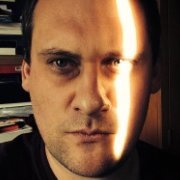
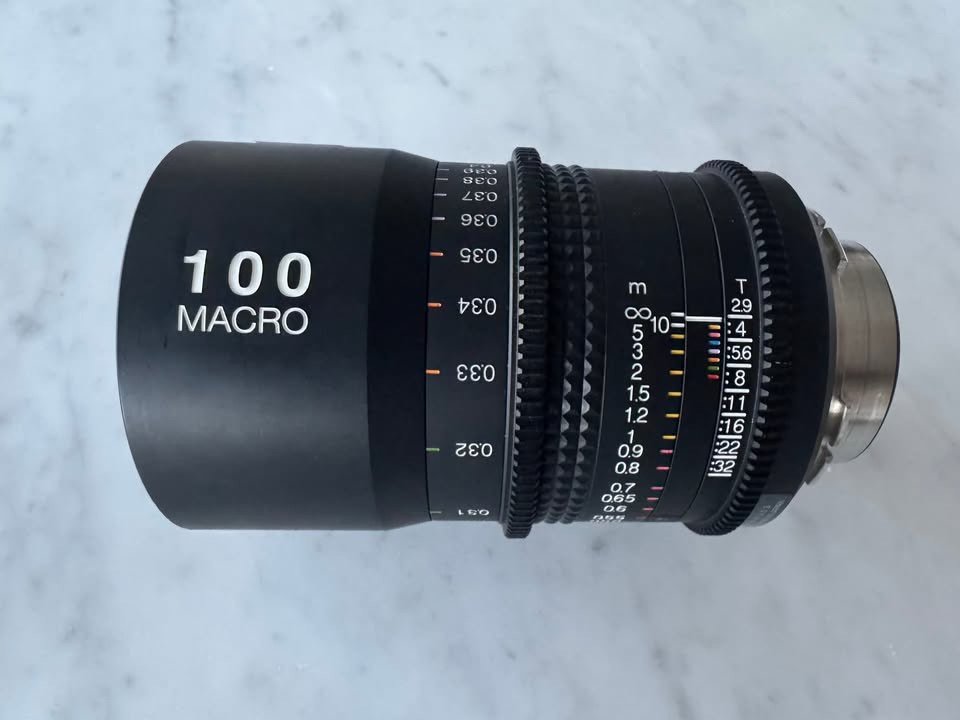
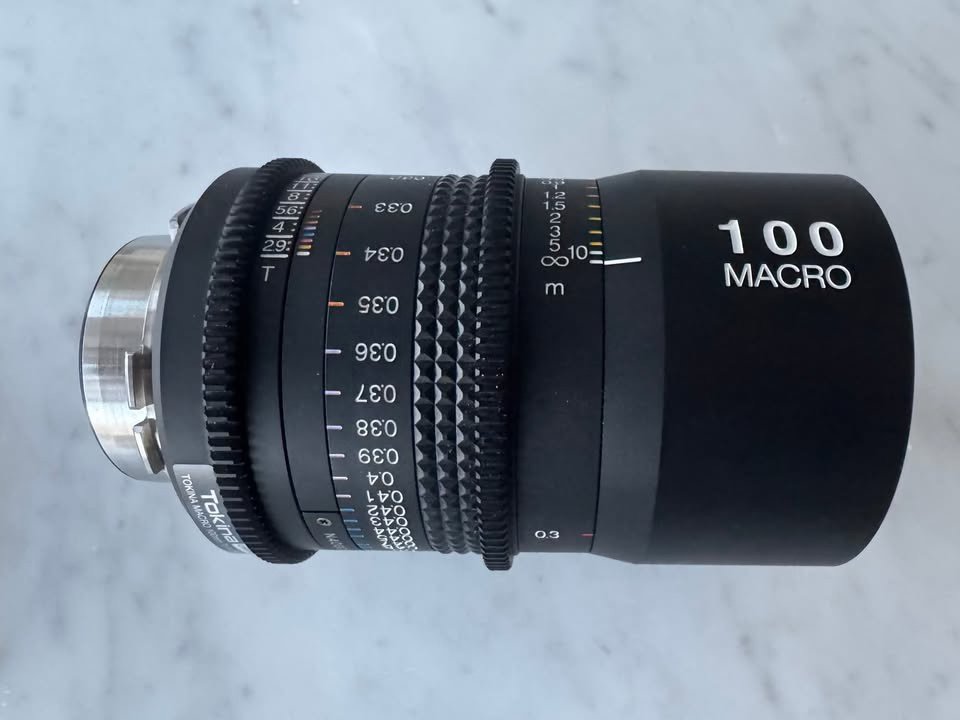
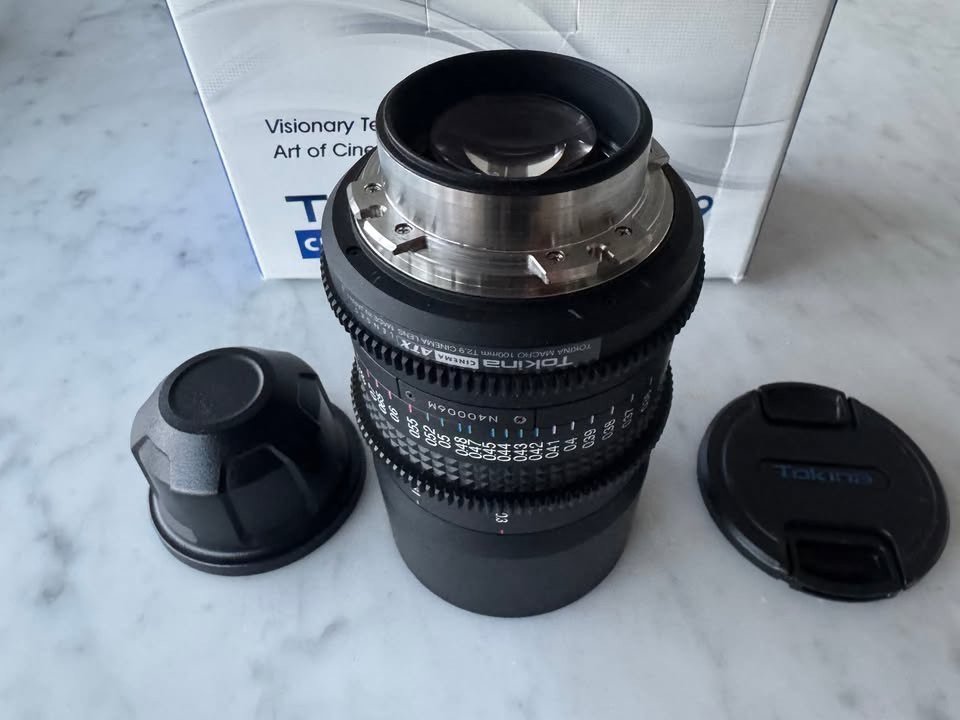
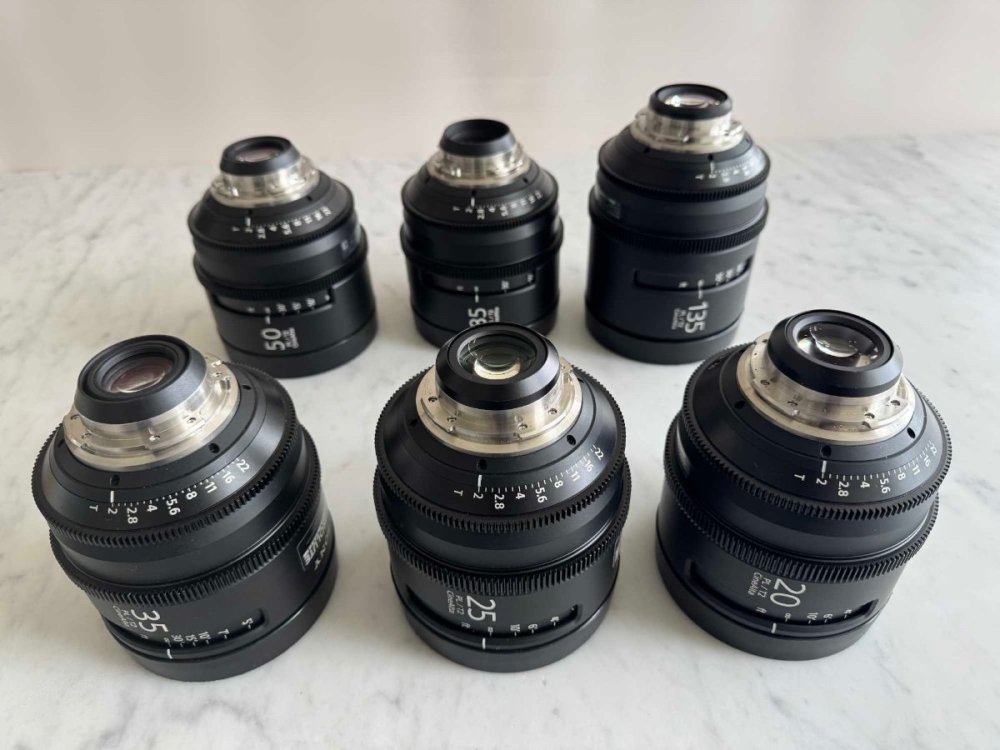
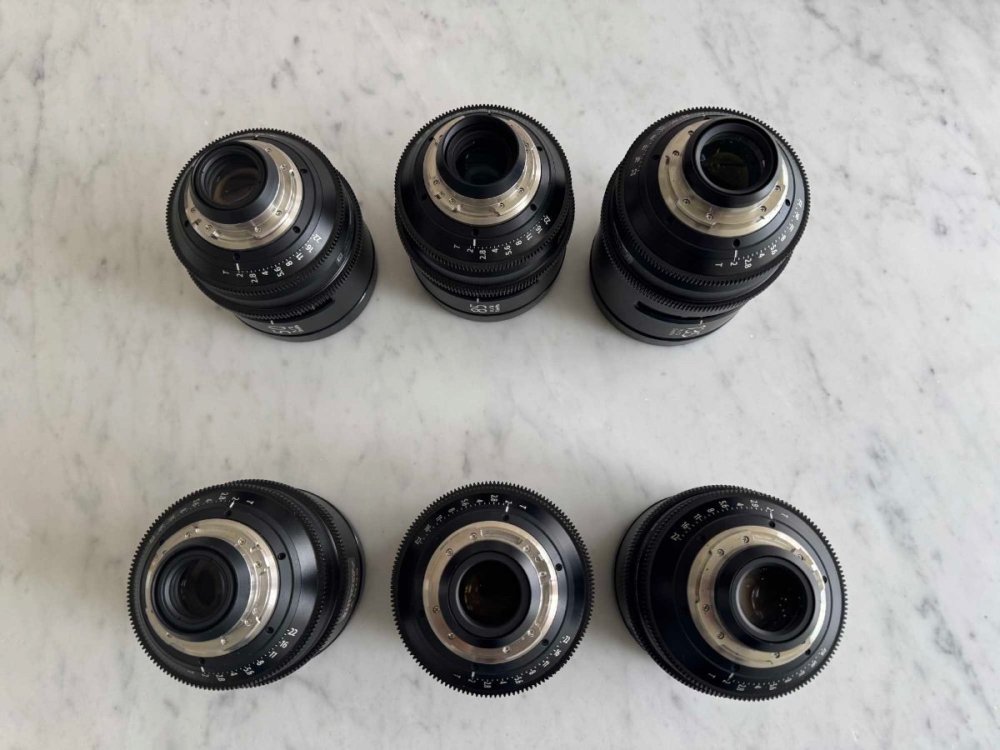


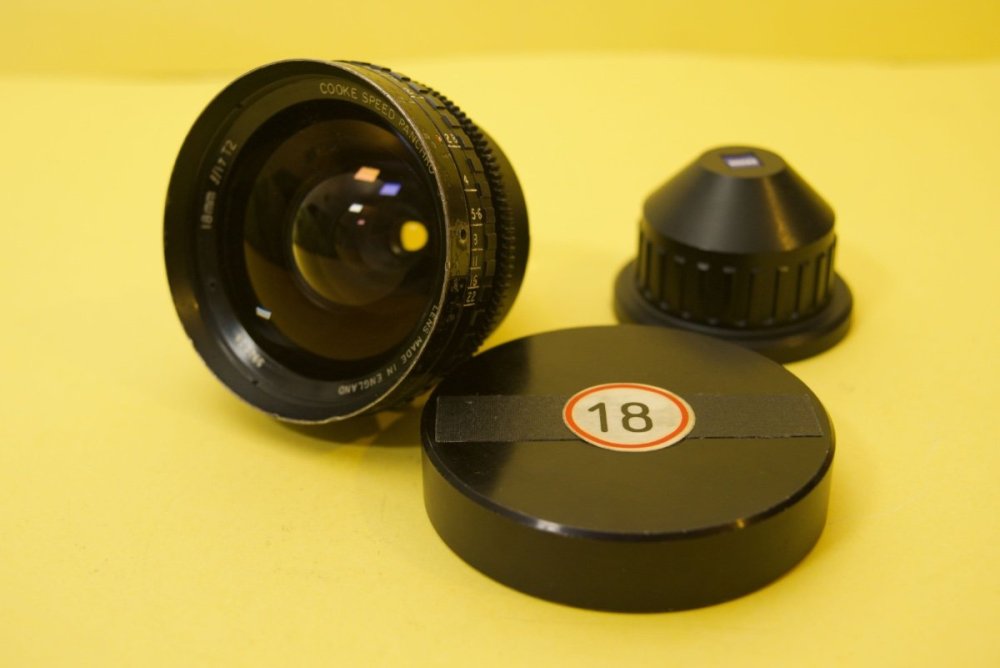
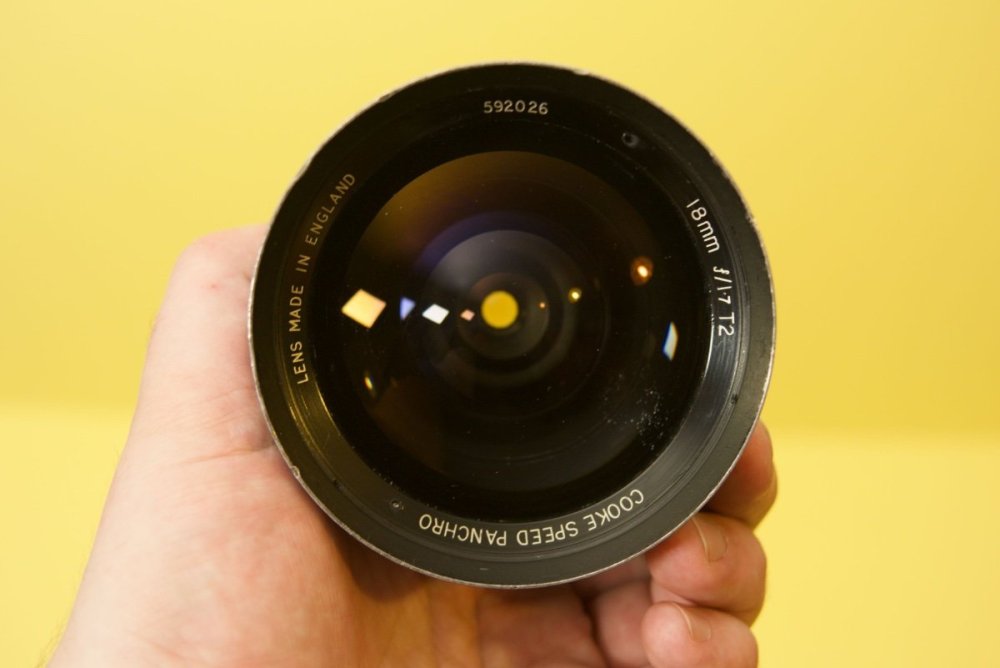
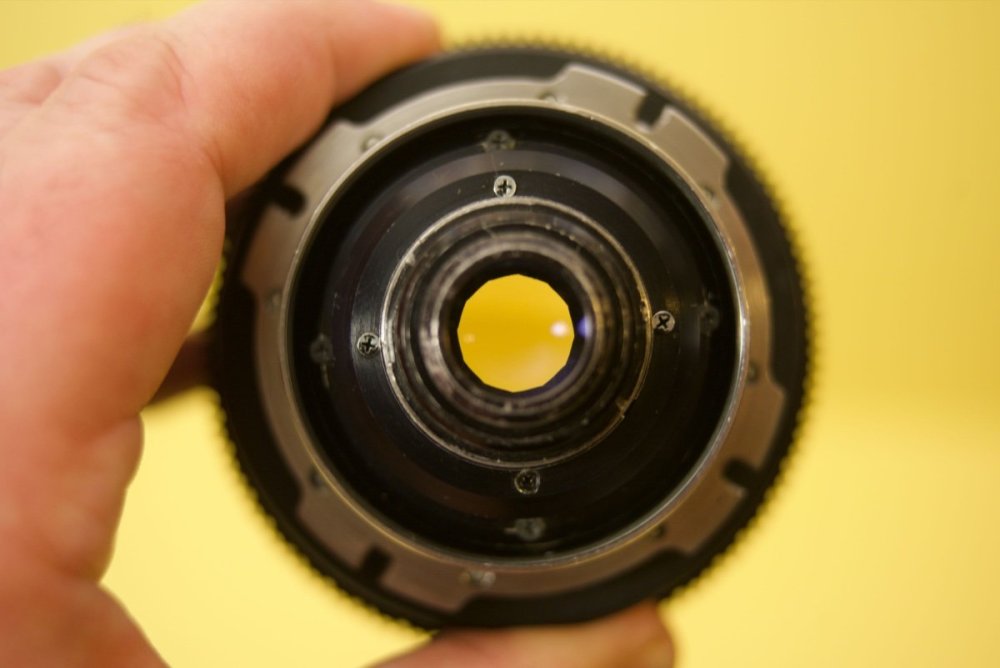
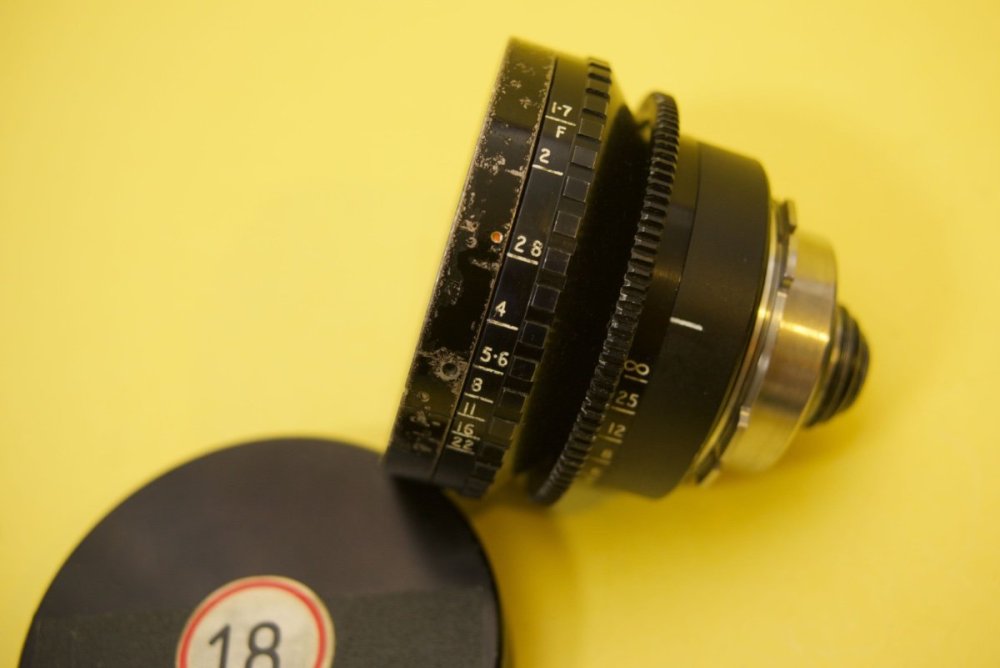
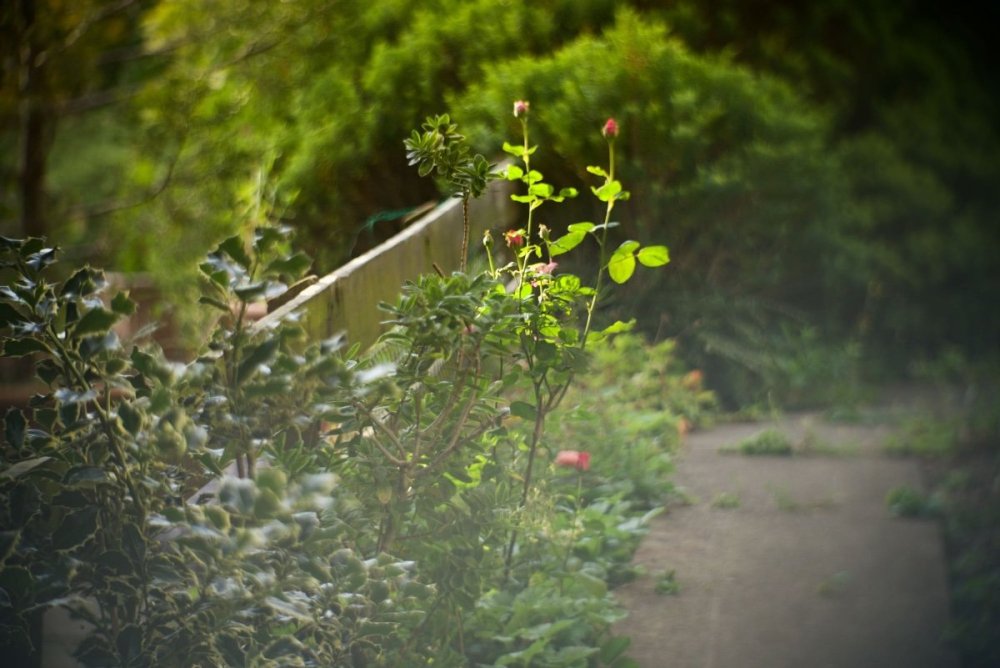
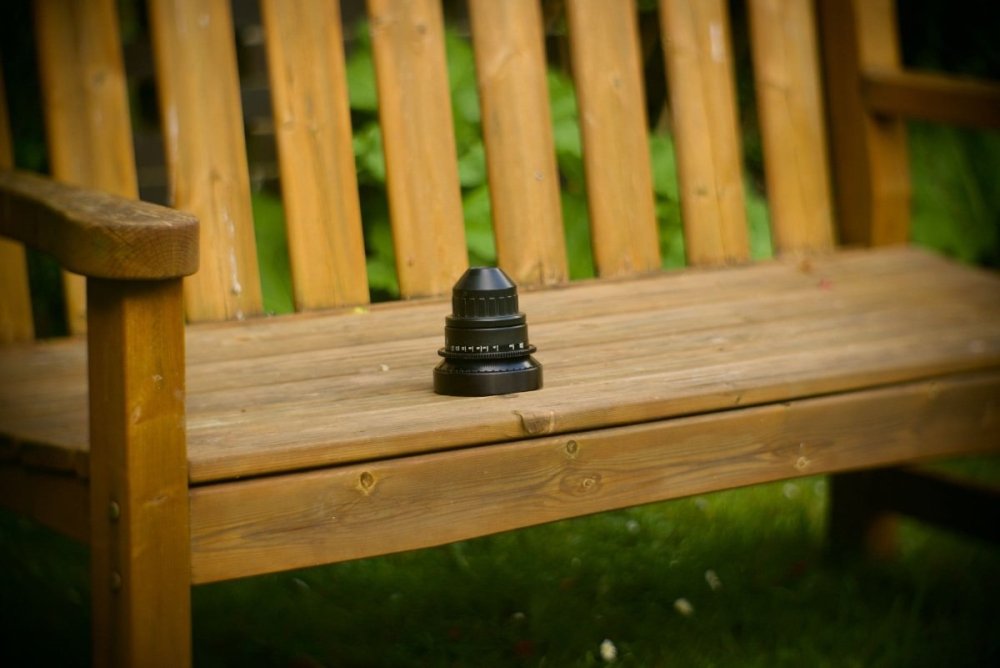
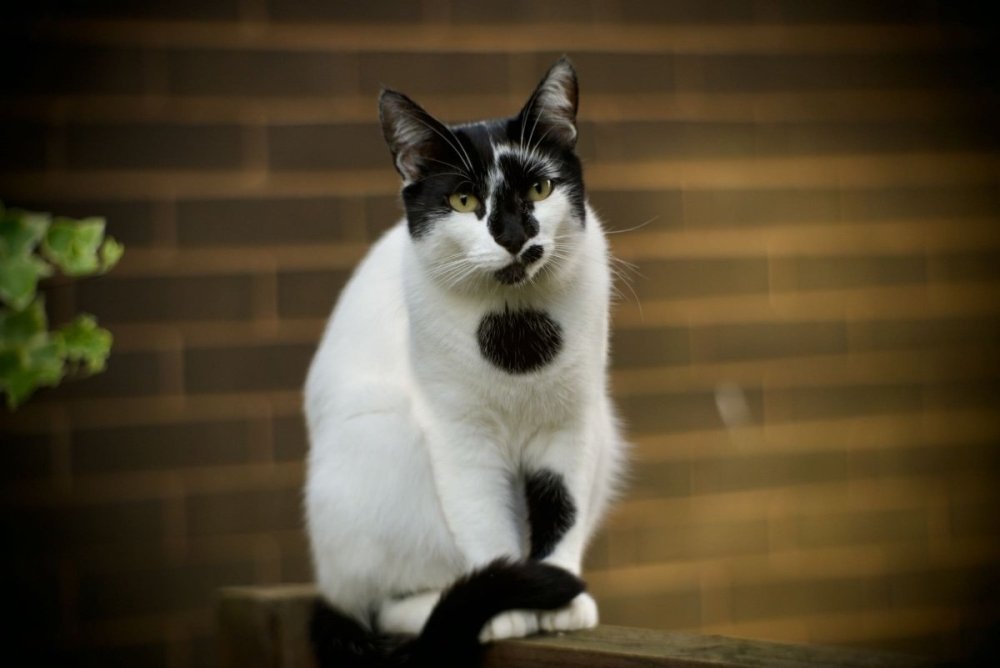
FS: Cine modded Canon FL 35mm f3.5 and 55mm f1.2 Arri PL
in Cine Marketplace
Posted
For sale two cine modded Canon FL lenses, both modded to Arri PL mount.
Canon FL 35mm f3.5 serial no: 23064
Canon FL 55mm f1.2 serial no: 20443
These two focal lengths have gorgeous golden flares, similar to the Canon rangefinder lenses.
They are superior quality modded lenses, with solid Arri PL mounts, of a different standard to the ones that usually come up for sale on ebay. Both lenses have had their apertures declicked, with Simmod knurled front rings and custom designed front lens caps.
Also included is a matching cap for a Canon FL 19mm f3.5 wide angle, a lens I previously owned, so the cap is included incase any buyer wants to also add that lens to the kit.
Additional images and samples available on request.
Price: £1650
The lenses ship worldwide from the UK at cost.